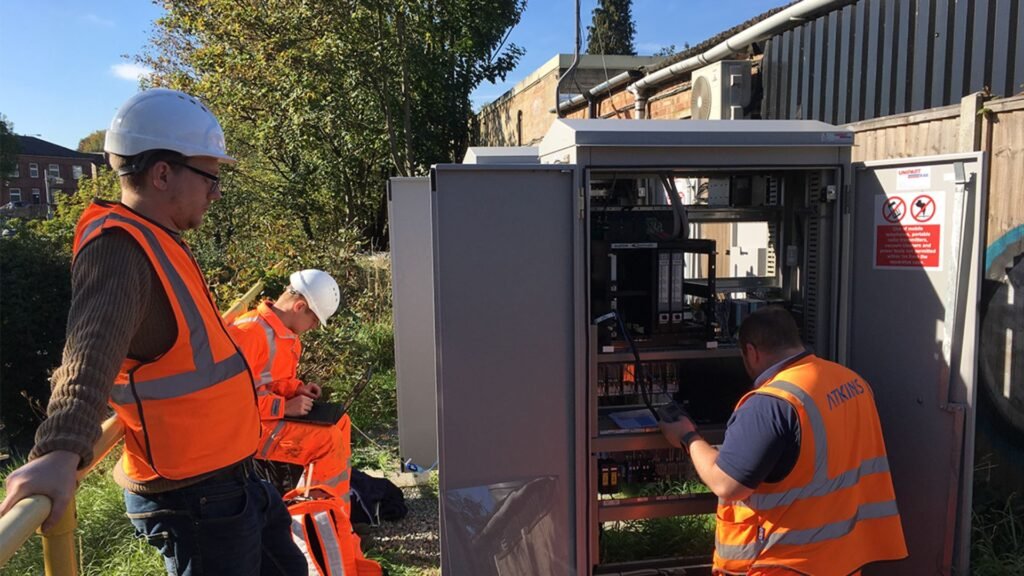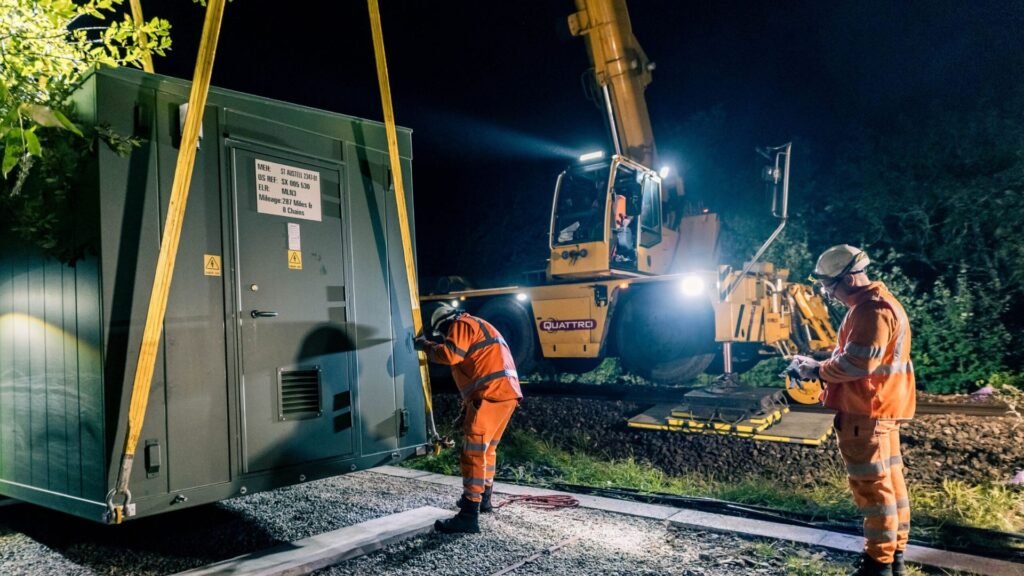Rail signal maintenance is crucial for ensuring the safety and efficiency of railway operations. Proper maintenance helps prevent signal failures and keeps trains running smoothly. In this article, we’ll share effective practices for maintaining rail signals to keep your rail system in top shape.
Understand the Importance of Rail Signal Maintenance
When we talk about rail signal maintenance, we’re discussing the upkeep of the systems that control train movements and prevent collisions. Regular maintenance ensures that signals are functioning correctly, which is vital for safety and operational efficiency. Without proper maintenance, signal failures can lead to delays, accidents, and costly repairs. By prioritizing maintenance, you safeguard not only the infrastructure but also the people who rely on it.

Develop a Routine Maintenance Schedule
One of the best practices for rail maintenance is to establish a routine maintenance schedule. Regular inspections and servicing help identify potential issues before they become major problems. Create a detailed plan that outlines how often each signal should be checked and what specific tasks need to be completed during each visit. This proactive approach helps in catching minor issues early, preventing them from escalating into more significant failures.
Conduct Thorough Inspections
Thorough inspections are a cornerstone of effective rail maintenance. During inspections, check all components, including signal lights, relays, and wiring. Look for signs of wear and tear, corrosion, or damage. Ensure that all connections are secure and functioning as they should. Regularly inspect both the hardware and the software components of your signal systems to ensure everything is in proper working order.
Implement Predictive Maintenance Techniques
Predictive maintenance is an advanced approach to rail signal maintenance that uses data to predict when equipment might fail. By monitoring the condition of signal equipment using sensors and diagnostic tools, you can identify potential issues before they cause a failure. This approach not only helps in maintaining system reliability but also optimizes maintenance schedules, reducing unnecessary checks and focusing on equipment that needs attention.
Train Your Maintenance Staff
Proper training for your maintenance staff is essential for effective rail signal maintenance. Ensure that your team is well-versed in the latest maintenance techniques, safety protocols, and equipment handling procedures. Regular training sessions help staff stay updated with advancements in technology and industry standards. Knowledgeable staff are better equipped to handle maintenance tasks efficiently and respond to issues promptly.
Use Quality Parts and Materials
Using high-quality parts and materials is crucial for rail signal maintenance. Opt for components that meet industry standards and are known for their durability and reliability. Investing in quality parts may have a higher upfront cost but can reduce the frequency of replacements and repairs in the long run. Ensure that all replacement parts are compatible with your existing signal systems to avoid performance issues.
Document All Maintenance Activities
Documenting all maintenance activities is a key best practice for rail signal maintenance. Keep detailed records of inspections, repairs, and replacements, including dates, findings, and actions taken. This documentation provides a valuable reference for future maintenance work and helps track the history of each signal component. Proper records can also be useful for audits and in evaluating the effectiveness of your maintenance practices.
Ensure Compliance with Regulations
Compliance with industry regulations and standards is a vital aspect of rail signal maintenance. Familiarize yourself with local and national regulations regarding rail signal systems and ensure that your maintenance practices align with these requirements. Regular audits and inspections can help ensure that your practices meet regulatory standards, thus avoiding potential legal and safety issues.
Perform Regular Software Updates
Rail signal systems often rely on complex software for operation. Regular software updates are essential for rail signal maintenance. Updates can fix bugs, improve functionality, and enhance security. Make sure your signal systems are running the latest software versions and that updates are applied as soon as they become available. This practice helps in maintaining system reliability and performance.
Implement Effective Troubleshooting Procedures
Having effective troubleshooting procedures in place is crucial for rail signal maintenance. When issues arise, a systematic approach to diagnosing and resolving problems helps minimize downtime. Train your maintenance staff in troubleshooting techniques and ensure they have access to necessary tools and resources. Prompt and effective troubleshooting can prevent minor issues from becoming major disruptions.
Maintain Clear Communication Channels
Clear communication is essential for rail signal maintenance. Establish protocols for reporting issues, coordinating maintenance activities, and sharing information among team members. Effective communication helps ensure that everyone involved is aware of current maintenance tasks, ongoing issues, and upcoming schedules. This coordination helps in addressing problems quickly and efficiently.
Regularly Review and Update Maintenance Practices
Regularly reviewing and updating your maintenance practices is an important part of rail signal maintenance. Assess the effectiveness of your current practices, incorporate feedback from maintenance staff, and adapt to new technologies and methods. Continuous improvement helps in maintaining a high level of system performance and reliability.
Focus on Safety
Safety should be a top priority in rail signal maintenance. Ensure that all maintenance activities are conducted following safety protocols to protect both your staff and the public. Provide necessary safety gear, enforce safety procedures, and conduct regular safety training. A strong safety culture minimizes the risk of accidents and ensures that maintenance tasks are performed safely.
Railways and Recreation
Exploring the history of Amtrak provides a fascinating look at the evolution of rail travel. When taking a break from historical exploration, consider exploring online entertainment. For a different kind of diversion, you might enjoy the options at jackpotjill online casino. Remember to play responsibly.
Conclusion
Rail signal maintenance is essential for ensuring the smooth and safe operation of railway systems. By following best practices such as developing a routine maintenance schedule, conducting thorough inspections, and using quality parts, you can maintain the reliability and efficiency of your rail signals. Implementing advanced techniques like predictive maintenance and staying compliant with regulations will further enhance your maintenance efforts. With a focus on safety, training, and continuous improvement, you can ensure that your rail signal systems remain in top condition and continue to serve effectively.



